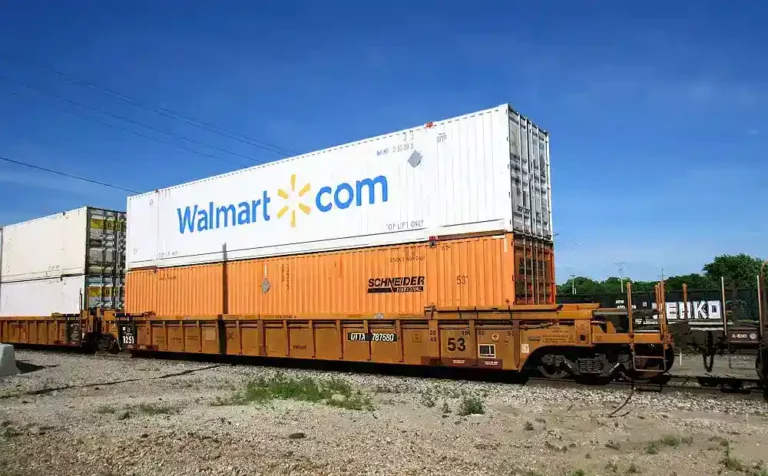Great Firewall of China and Its Impact on AIS Blockage – GoComet
The recent passing of China’s terrestrial AIS ban is a huge blow to the shipping industry that tries to evolve forward in terms of shipment visibility and sustainability. With the country’s two stringent data protection laws, the Data Security Law (DSL) and Personal Information Protection Law (PIPL) which was passed in recent months, collecting Chinese onshore data needs government intervention now more than ever before! The manufacturing hub is the second-largest economy and home to six out of ten of the world’s largest shipping ports. This definitely has an impact on everyday Chinese goods that we import.
What does the law say?
Personal Information Protection Law (PIPL) was passed on November 1st and comes with some pretty strict rules about how companies process your personal data, as well as what they can do once it leaves Chinese soil. The law does not specifically state anything on the lines of shipping data but still Chinese data providers are withholding terrestrial AIS data as a precaution which was visible in the drop of these data reducing from 300,000 terrestrial positions to almost 90% from the period of Oct 28th to Nov 15th.
Under Data Security Law (DSL) which was passed on Dec 1st, the Chinese government has ordered a data classification system that dictates which information is considered important and requires closer scrutiny. While both the laws do not have any mentions on how shipping data can be processed, why do companies hesitate to provide these Chinese data points? Any breach of the above laws has penalities that could potentially cost millions of USD which both the Chinese data providers and US companies that handle these data are afraid of, until a clear vision on how these laws are implemented on shipping data.

Not all data is good data!
It is imperative to understand that China did not go on a complete blackout of AIS data as the assertion from news headlines claims them to be. It can be misleading at its best. In fact, we receive AIS data for the same amount of vessels that we received even before the new law came into effect. What has changed is the precision of data that we receive.
Terrestrial vs Satellite AIS:
For maritime traffic monitoring, AIS is an essential tool that provides collision avoidance between ships by real-time tracking of their locations. The system can be used by companies in order to predict the movements of vessels with the signals that are received from AIS transponders installed onboard. What China has blocked is the data sharing of AIS reports received via terrestrial receiver stations located on-shore. Still, Satellite AIS is available for the public that can fill this missing puzzle to an extend. Terrestrial AIS reports have accurate real-time visibility for vessels that are near anchorage and ports with signals processed every 30-45 seconds against satellite signals that can range from minutes to hours depending upon the multiple macro factors.
How can this missing data affect us?
- Port congestion: AIS data providers that solely depend on AIS information to forecast and pinpoint port congestion will have challenges in providing real-time visibility over the time at port and anchorage data. Port congestion is a dynamic dataset that needs real-time visibility backed by multiple data sources and not just solely satellite AIS, in this case.
- Green shipping: From a sustainability standpoint now that countries and major carriers are partnering to promote green shipping, the lack of such real-time data can be a hindrance to promoting these sustainable efforts.
- ETA calculation: Real-time ETA calculation can be a hurdle which can have a domino effect on how the rail and truck planning happens with respect to container discharge. The current systems that are alternatively based on historical routes can’t keep up with current traffic patterns and will cost us inefficiency.
Overcoming Challenges:
Reducing dependency on a single source: End of the day, the problem is not whether we have terrestrial AIS data but rather it is about the inadequacy of relevant data and intelligent data crunching systems to make any data-backed decision. For an instance to calculate port congestion and ETAs, here at GoComet we use multiple data sources and variations such as geo-fence signals from ports backed by data from server integration with more than 250 carriers and 50,000 containers that are tracked on monthly basis to calculate accurate port delay and milestones till vessel discharge.
With the intelligent combination of available resources, strategic partnership with carrier lines, and proper data crunching of existing data shippers can always take actions to streamline any shipment planning from point A to point B. Our team has years of experience working in this dynamic industry so contact us today if you need help taking your next steps towards optimizing your shipments moving forward!






